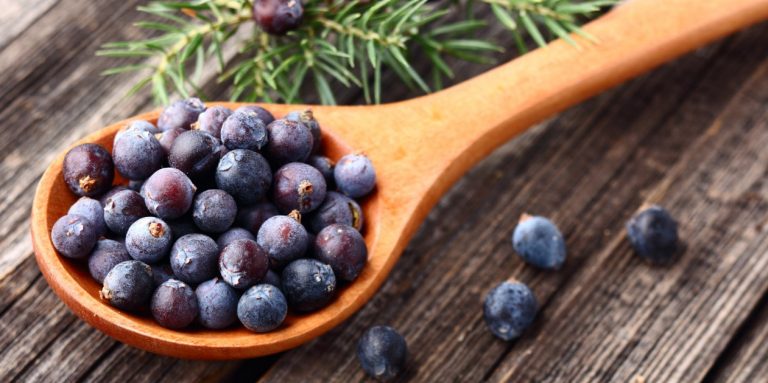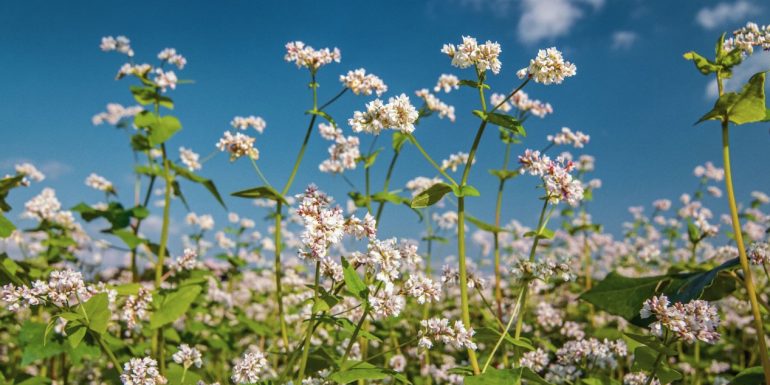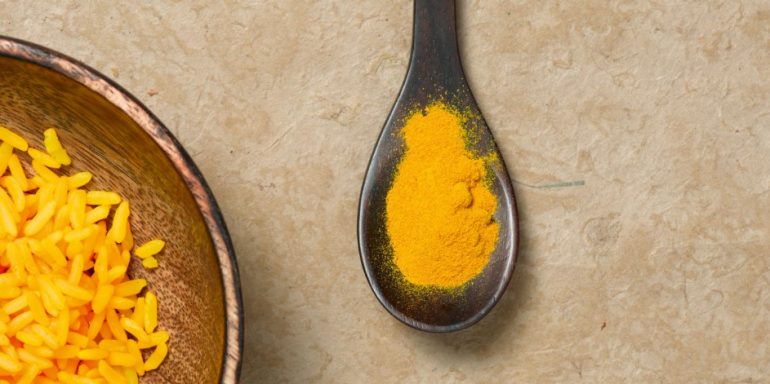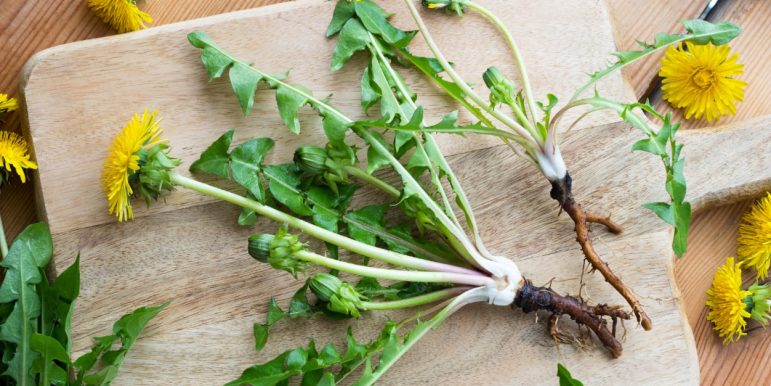
A traditional jack of all trades: juniper
Juniper warms the body, has a strong diuretic effect and optimises digestion. It purges metabolic toxins, eases pain and awakens a zest for life.
Juniper is the epitome of diversity. Depending on its location, the plant has the ability to adapt ideally to its surroundings, whether as low-lying or wide shrubs, or as columnar trees. The name juniper comes from the Latin name "juniperus", which is derived from the words "juvenis" (young) and "pareo" (appear) or "pario" (give birth).
Its constant fertility is revealed by the fact that both ripe (dark blue) and unripe (green) berries can be found on the female plant at the same time. The suffix "communis" means "common" or "ordinary" and refers to the ubiquity of the plant. Common names for the plant are also ubiquitous. There are currently more than 150. This shows how highly prized this tree, which is fabled for its protective powers, is.
Universal cure since antiquity
Juniper has been used as a powerful medicinal plant since time immemorial. As early as 1550 BC, the Egyptians wrote on papyrus scrolls that juniper helped with digestive problems, urinary difficulties and dropsy. The Greeks, Romans and Germanic peoples praised its healing power. Hippocrates valued it for its ability to speed up the birthing process, and the Greek physician Dioscorides as a tonic to aid the lungs and digestion. The physician and botanist Tabernaemontanus valued it for its use against all complaints that occurred as a result of a lack of warmth.
Whenever there was a risk of an epidemic, its aromatic wood was burned to ward off illness, and people chewed vast quantities of juniper berries. Mountain dwellers still use juniper branches to smoke evil spirits out of their stables and homes. A folk saying in the Alps advises travellers to kneel down before the juniper tree.
Juniper is considered a universal cure because of its strong warming effect: it improves the flushing action of the kidneys and increases the amount of waste that is excreted. This alleviates urinary tract infections, irritable bladder syndrome and the constant feeling of being cold. The warmth it conveys to the pelvic region eases menstrual pain and cramps. However, the same warmth can also cause miscarriages in pregnant women, so they should never consume juniper. In the gastrointestinal tract, the medicinal plant counteracts flatulence and bloating and promotes digestion. Applied externally as a salve or gel, it alleviates rheumatic pain.
The main active ingredient in juniper berries is essential oil. Previously it was believed that this damaged the kidneys, but this is only a risk if pharmaceutically low-quality products are used. Because of its intense medicinal power, treatment is limited to six weeks. As the essential oil is encased in the berries, they have to be crushed before being used. For a tea cure, take two to three grams of crushed dried berries, pour 250 ml of hot water over them, and let the tea steep covered for five minutes. Drink two to three cups of tea with food or chew 20 raw berries daily.
Juniper perks you up
A juniper cure can help: on the first day, chew five dried berries, and then increase the number of berries each day by one until you are chewing 15 berries daily. Then reduce the number of berries at the same rate, stopping at five berries. After that, you'll feel perky and awake again.
Family
Cypress (Cupressaceae)
Appearance
Depending on its location, juniper grows as wide shrubs or as columnar trees. Its blue-green needles appear in a whorl in threes, are sharp and pointy and have a white waxy stripe on the upper side. Juniper is dioecious, meaning the male and female blossoms grow on separate plants. Both unripe (green) and ripe (dark blue) berries can be found on the female plant at the same time.
Location
Loves sunny, exposed locations. Prefers nutrient-poor, calcareous soil. Grows at heights of up to 1,600 metres.
Botanical classification
The juniper is an evergreen conifer. Botanically, the berries aren't true berries, but rather pseudo-berries, as the flesh of the fruit forms from overgrown cones and not from the plant's ovary wall.
Harvest time
Fruit: End of August to September (by shaking it from the tree)
Use
Dark blue berries for therapeutic applications; wood and needles for curing.



Newsletter
Find out more about current health issues every month and get all the information you need about our attractive offers from all Helsana Group companies * delivered by e-mail to read whenever it suits you. Our newsletter is free of charge and you can sign up here:
We did not receive your information. Please try again later.
* The Helsana Group comprises Helsana Insurance Company Ltd, Helsana Supplementary Insurances Ltd and Helsana Accidents Ltd.